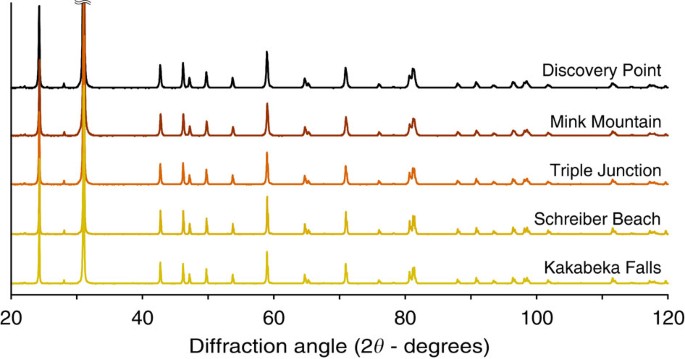
- Select a language for the TTS:
- UK English Female
- UK English Male
- US English Female
- US English Male
- Australian Female
- Australian Male
- Language selected: (auto detect) - EN
Play all audios:
A team of researchers at the UC San Diego School of Medicine has created an acne vaccine that successfully reduces inflammation. The team tested the vaccine, which neutralizes a specific
variant of an enzyme produced by an acne-associated bacteria, while leaving the healthy bacterial enzyme intact, in a mouse acne model. This work was conducted in collaboration with
colleagues at Cedars-Sinai Medical Center and the UCLA School of Medicine. Approximately 70 to 80% of individuals develop acne at some point in their lifetime, most often during
adolescence, with multiple factors — genetic, environmental and bacterial — to blame. Through this new work, the scientists are now one step closer to helping drastically reduce the severity
of this common condition with a more precise and less disruptive treatment than is presently available. “We’re working to develop a therapy that’s much more tailored toward exactly what we
know causes acne, rather than just generically blocking inflammation,” said Dr. George Y. Liu, professor and chief of the Division of Pediatric Infectious Diseases at UCSD’s School of
Medicine. “We hope that by understanding how bacteria induce acne, we can come up with a single or combination vaccine that would take care of acne much more effectively than we can right
now.” This research, which has continued for more than a decade, began with an attempt to answer a longstanding question regarding a type of acne-associated bacteria called Cutibacterium
acnes (C. acnes), which is plentiful on everyone’s skin. If we all have C. acnes on the surface of our skin, then why do only some people develop acne? In a paper published in Nature
Communications on Dec. 5, the researchers identified two variants of hyaluronidase, an enzyme produced by C. acnes. One variant, called HylA, is strictly made by C. acnes that are associated
with acne. The other variant (HylB) is made by C. acnes associated with healthy skin. In examining the structural and genetic differences between the two forms of the enzyme, the team found
that while HylA worsens acne by causing inflammation, HylB actually appears to reduce inflammation and promote healthy skin. The work further revealed that HylA and HylB originated from a
common ancestor, but evolved to have divergent effects. In particular, the researchers investigated the differences in the way the two variants break down hyaluronic acid in the skin,
revealing that HylA produces larger fragments of hyaluronic acid — leading to a more robust inflammatory response — while HylB produces smaller, anti-inflammatory fragments. When the
researchers removed the hyaluronidase genetically from both health- and acne- associated C. acnes, the bacteria became similarly non-inflammatory. Based on this newfound knowledge, said Liu,
who is one of the paper’s senior authors, the team then developed therapeutic approaches, including a vaccine and inhibitors, that targeted HylA, the acne-causing variant, and successfully
reduced inflammation. The work builds on a 2019 study in which Liu led a team that used a synthetic sebum to develop a new mouse model that closely resembles human acne, allowing them to
directly compare “good” and “bad” strains of bacteria. The researchers hope to create a product that could be life-changing for many individuals who suffer from acne or are at risk of
developing it. “Our anti-acne directed approach has the potential to revolutionize acne therapies by offering more targeted treatments,” said Irshad Hajam, a postdoctoral fellow in Liu’s
lab. “What is truly remarkable about this work is we can now have more directed and effective anti-acne therapies while preserving the healthy skin microbiome, and that is a significant
advancement in acne therapy.” The study’s lead authors include Hajam, María Lázaro Díez, Madhusudhanaro Katiki, Randall McNally and Stacey Kolar of Cedars-Sinai. This study received funding
from the National Institutes of Health.







